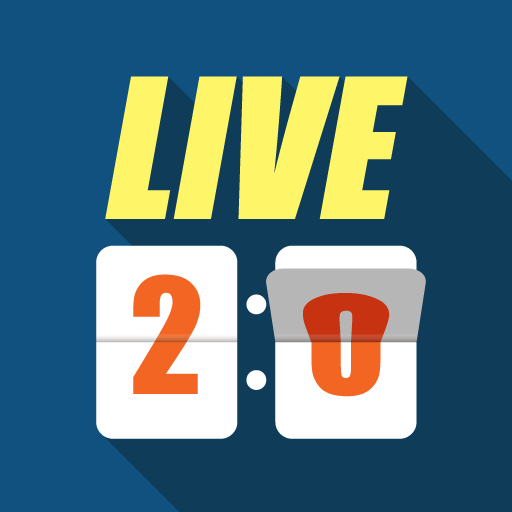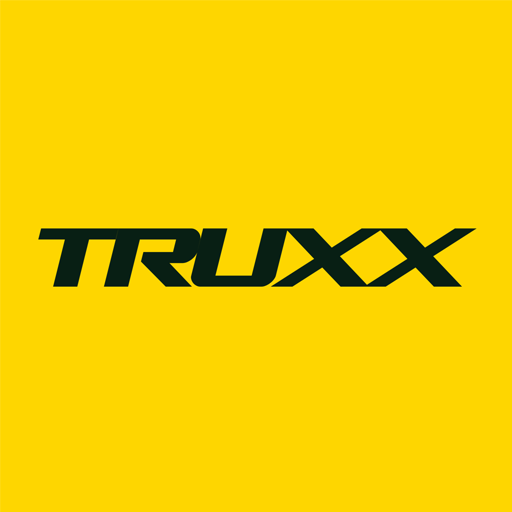Microsoft Decides To Port Android Apps To Windows 10, Why?
Description of Microsoft Decides To Port Android Apps To Windows 10, Why?
Microsoft's "Project Latte" aims to bring Android apps to the Microsoft Store and Windows 10. But why is Microsoft doing this? There are several theories.
A few weeks ago, the Windows Central news site reported that Microsoft was planning on how to get Android apps to work on Windows 10, and make them available in the Microsoft Store. This plan has a code name, "Project Latte", and appears to be aimed at providing an Android subsystem for Linux, similar to the Windows subsystem for Linux. The question still arises, however: why the Redmond firm has embarked on this?
The question is worth asking, as Microsoft was running Android applications on Windows 10 a few years ago thanks to its gateway project, "Astoria". The objective of these gateways (there were also for iOS, for the web, and for Win32) was then to try to get the developers of these other platforms to adapt their applications so that they run on Windows 10.
Still, this project quickly falls victim to its success. The Astoria Android project worked too well which is why the story goes today that it allowed Android apps to run on Windows 10 without any adaptation or developer intervention/approval. That is enough to thwart Microsoft's plans to enrich its stock of applications available on its own Windows platform (UWP) and its application store. Consequence: Astoria was therefore canceled in 2015 and the team dissolved.
Reconnect with application developers
Today Microsoft cares a lot less about trying to get developers, including its own in-house developers, to build Windows-specific applications. Project Reunion is Microsoft's current attempt to try to mend its unfortunate relationship with app developers and stock its in-house app store.Parallel work is also underway on the virtualization front, with Windows 10X and the Cloud PC service still not announced. On Windows 10X, the variant of Windows 10 with a very different UI / UX (supposedly simpler and cleaner), various containers will allow users to run their MSIX apps, UWP apps, and ultimately their apps. Win32. The "Cloud PC", Microsoft's next offering as an on-demand desktop service, is expected to be released in spring 2021 (latest news). It aims to make Office and other applications available to users through a service based on a Windows virtual desktop. Could these projects also include support for Android apps on Windows? Nothing is sure.
Let's not forget the Microsoft application "Your phone" either. On a very small subset of Samsung phones, users can already run and manipulate their Android apps installed on their phone on their Windows 10 desktop, via “Your Phone”. The experience is still full of bugs and so far Microsoft has not enabled the feature for the majority of Android users.
Compete with Chrome books
So let's come back to the Latte project. Why is Microsoft considering making Android apps available on Windows via this approach? On Windows 10X, an answer is obvious: it is to compete with Chrome books. Although Microsoft officials hardly ever speak publicly about Chrome books, they are obsessed with their growing share in education and business. Windows 10X is an important part of Microsoft's competitive strategy against Chrome books to remedy this situation. And since Chrome books can run Android apps, Windows 10X PCs should be able to run Android apps as well in order to stay competitive.What about other versions of Windows 10? There are emulation offerings, like Blue Stacks, which already allow users who want to run Android apps on their PC. But are there so many users who really, really want to run Android apps on Windows 10? And if so, what are these applications? Once again, the answer is not straightforward.
There remains a theory that Microsoft may consider supporting Google Play services, to try to increase the number of optimized applications to reach a larger audience. After putting too much emphasis on touch with Windows 8, Microsoft made a 180-degree turn and ended up giving up making touch a top-notch way to interact with applications.
Load Google
Some also suggest that Microsoft's goal with Project Latte is not just to run Android apps on Windows 10, but to try and compete with Google head-on. And to do everything so that Android applications delivered to Windows through the Latte project do not support Google Play services, including the Play Store. An understandable desire, while the success of Android owes a lot to the many applications available in the Play Store.Others, even more daring, suggest that Microsoft is trying to make a comeback in the mobile phone space with a Windows-based phone that runs Android apps. Then again, this is certainly more of a cry from the heart than a rational point of view: the Surface Duo, which works like a phone, runs Android, not Windows, for good reason. Finally, many reactions on Twitter suggest that it would be for Microsoft to expand its application offer via requested applications, but only available on Android devices.
Another reason given is ... Apple. There are indeed a bunch of iOS apps that don't come with a touchscreen, maybe inception for Microsoft.
Recent APPS
designkug.com © 2021 • About Us • DMCA Policy • Privacy Policy • Terms & Condition • Contact Us • Submit Apps













